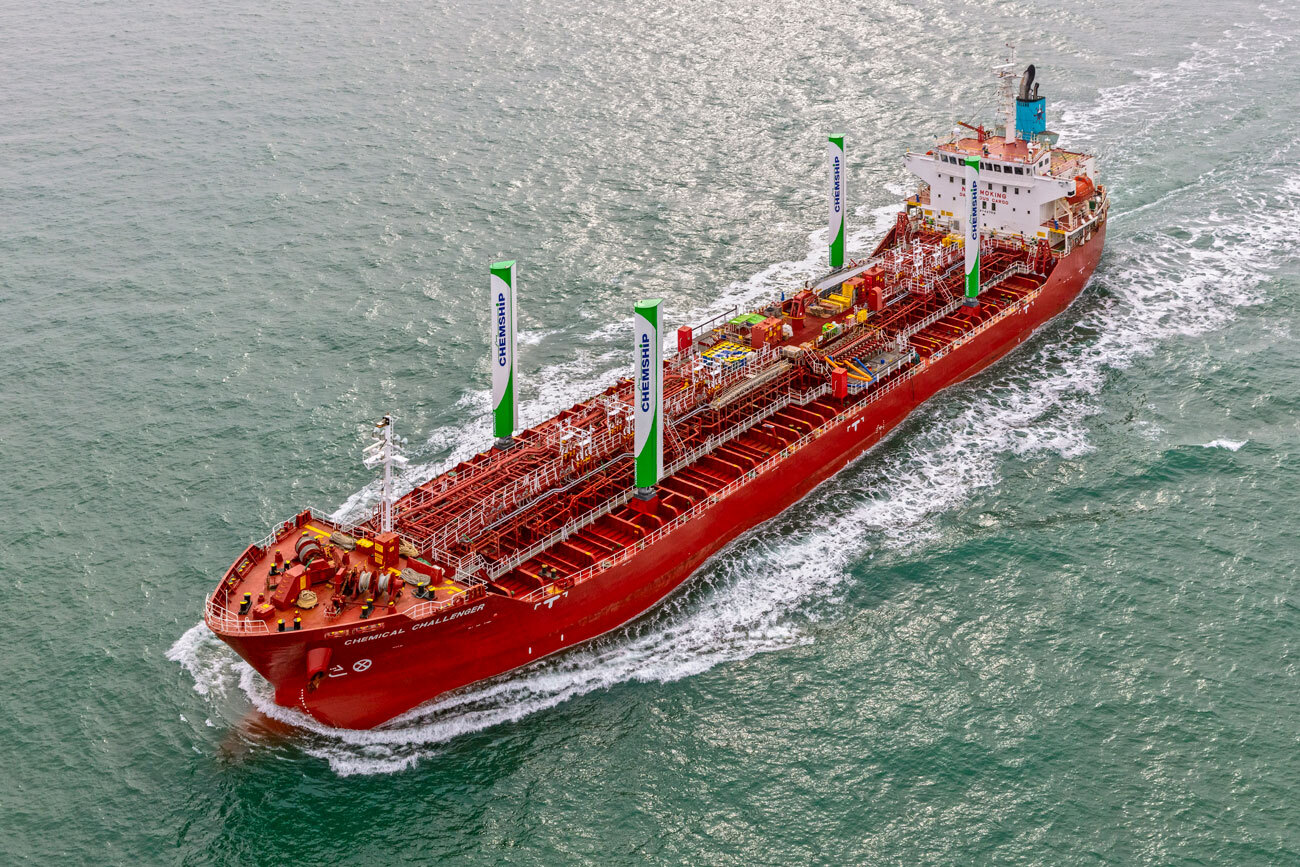Home »
A maritime professional’s guide to online visibility through SEO and GEO
If you’ve heard colleagues mention “SEO” or “GEO” and felt a little lost or confused, you’re not alone. These terms are becoming essential for maritime companies, but they’re rarely explained in language that makes sense to industry professionals. In this blog, I break down what they actually mean and why they matter for your business.
What is SEO?
Search Engine Optimization (SEO) is simply making your website easier to find when people use Google, Bing, Yahoo!Search and other search engines. Let’s use Google as an example in this blog. Think of Google as a massive library, and SEO is how you organize your books so people can actually find them on the shelves.
When someone types “ship management services” into Google, SEO determines whether your company appears in the first few results or gets buried on page 5 where usually nobody looks. Did you know that most search engine users never go beyond the first page of results? According to research by Backlinko analyzing 4 million Google search results, only 0.63% of people click on a link from the second page. That’s why SEO is of vital importance in your business. Whether you are looking for clients or new colleagues, it is a continuous effort to end up on the first page of Google.
Simple maritime example: A crane manufacturer optimizes their website so when port operators search “container handling equipment,” their products show up prominently in the top of Google results.
Pro tip #1: Local SEO for ports, regions and countries
If your company operates in specific ports (e.g., Rotterdam, Singapore, Houston), make sure your website mentions these locations. Optimize for “port services in Singapore” or “ship repair near e.g. Batam,” so you’re discoverable by regional clients.
Now, I am pretty sure you have heard of ChatGPT, Google Gemini and Microsoft Copilot. These chatbots are becoming increasingly more popular among Internet users.

What is GEO?
Generative Engine Optimization (GEO) is the newer kid on the block. It focuses on AI tools like ChatGPT, Claude, and Google’s AI features. Instead of trying to rank high in search results, GEO ensures your company gets mentioned when these AI tools answer questions.
Think of it this way: If SEO is about being found in the library, GEO is about being recommended by the knowledgeable librarian when someone asks for advice.
Simple maritime example: When a fleet manager asks ChatGPT “How can we reduce fuel costs in shipping?” GEO helps ensure your fuel optimization services get mentioned in the AI’s response.
Pro tip #2: Create Q&A (question and answer) style content for better GEO results
Dedicate sections of your website to answering common maritime or logistics questions (e.g., “What is the difference between a time charter and a voyage charter?”). These Q&A snippets are highly GEO-friendly.
How are they different?
- “Container shipping rates”
- “Port management system”
- “Maritime insurance providers”
- “What’s the best way to optimize vessel routes?”
- “How do new emissions regulations affect shipping costs?”
- “What should I consider when choosing a port management system?”
Why maritime companies need both?
Today’s maritime professionals research differently than they did five years ago. Some still prefer traditional Google searches when they know exactly what they’re looking for. But increasingly, they’re asking AI tools complex questions about industry challenges.
Your shipping line might rank #1 on Google for “container shipping services” (SEO success), but if ChatGPT never mentions you when asked about efficient shipping solutions, you’re missing opportunities.
Real scenario: A port authority manager needs to improve cargo throughput. They might Google “port efficiency software” (where SEO matters) and also ask Claude “What are proven methods to reduce port congestion?” (where GEO matters). You want to be visible in both situations.
The bottom line
SEO and GEO aren’t competing strategies. They’re different tools for different types of searches. SEO captures people who know what they’re looking for, while GEO captures people who are exploring solutions to problems.
As the maritime industry becomes more digital, companies that understand and use both approaches will have a significant advantage in being discovered by potential clients, regardless of how those clients prefer to search for information.
The key is recognizing that your next big client might find you through either channel, so being visible in both is essential for comprehensive digital presence.

Ready to improve your maritime company’s online visibility?
Understanding SEO and GEO is just the first step. At Getting the Market, we combine over 15 years of deep maritime & logistics industry knowledge with a team of skilled digital marketers who understand the unique challenges of shipping, ports, logistics, and maritime services. We specialize in helping maritime companies navigate the complexities of both traditional search optimization and AI-powered visibility. Whether you’re a shipping line, port authority, maritime supplier or logistics service provider, we can help ensure your expertise is discoverable when potential clients are researching solutions. Want to explore how SEO and GEO can work for your maritime business? Contact me today.

“We help maritime and logistics companies grow with clear, consistent marketing. Let’s build your presence, generate leads, and attract talent. How about we start today?”
Laurens Moerland
Singapore Office
Like?
Consider sharing.
Subscribe
to our newsletter.